
If you’re a fan of the post hoc fallacy, this post is for you. If not, we hope you’ll bear with us anyway.
In June, we reported on an expression of concern in the Journal of Cell Science for a 2006 paper “several bands…in Fig. 5 look very similar.” At the time, we noted that while the expression of concern claimed that the Istituto Superiore di Sanità, the authors’ institution, “does not have a suitable body to investigate this matter,” it in fact does.
After hearing that from us, Sharon Ahmad, the journal’s managing editor, approached Carlos Petrini, the director of bioethics at the ISS, who proceeded to investigate the work. Petrini has now sent us the summary of that investigation, which we’ve made available here.
Continue reading “Based on the literature, we have no reason not to believe to the authors.”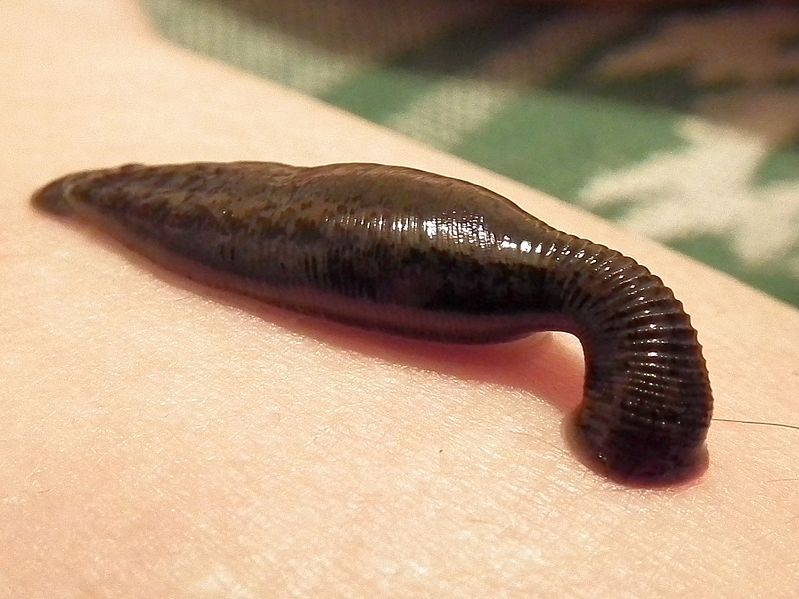
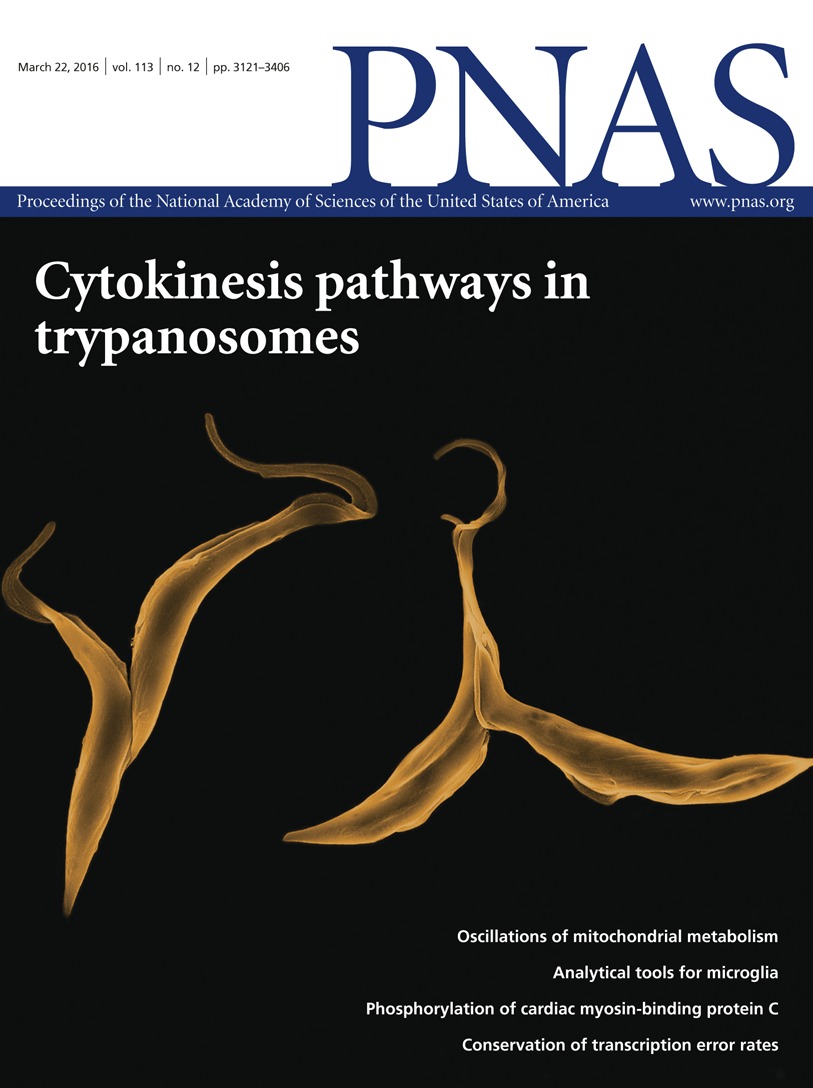 Adeel Safdar was once a rising star in the field of kinesiology. After completing his doctorate degree at McMaster University in Canada, working with one of the titans of his field, Safdar took a postdoc at Harvard, then accepted a
Adeel Safdar was once a rising star in the field of kinesiology. After completing his doctorate degree at McMaster University in Canada, working with one of the titans of his field, Safdar took a postdoc at Harvard, then accepted a 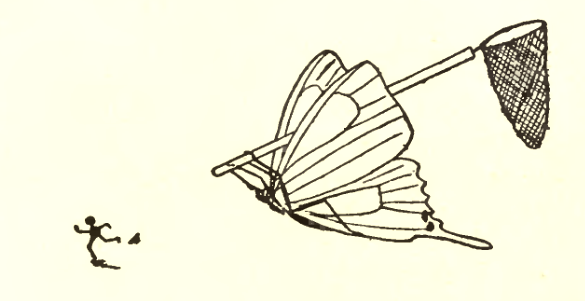
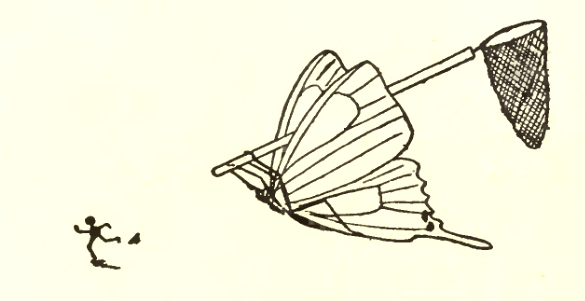 Title:
Title: 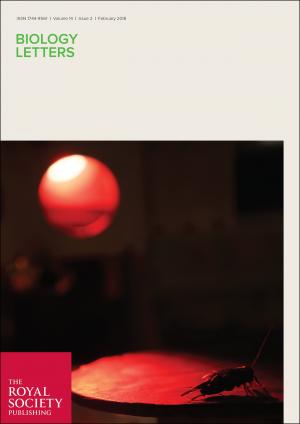 A biology journal is investigating concerns about a 2014 paper by a marine biologist
A biology journal is investigating concerns about a 2014 paper by a marine biologist Readers of Retraction Watch will be no strangers to the practice of issuing Expressions of Concern — editorial notices from journals that indicate a paper’s results may not be valid. While a good idea in theory — so readers can be aware of potential issues while an investigation is underway — in practice, it’s a somewhat flawed system.
Readers of Retraction Watch will be no strangers to the practice of issuing Expressions of Concern — editorial notices from journals that indicate a paper’s results may not be valid. While a good idea in theory — so readers can be aware of potential issues while an investigation is underway — in practice, it’s a somewhat flawed system. 

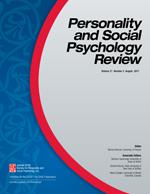 Can seeing a weapon increase aggressive thoughts and behaviors?
Can seeing a weapon increase aggressive thoughts and behaviors?